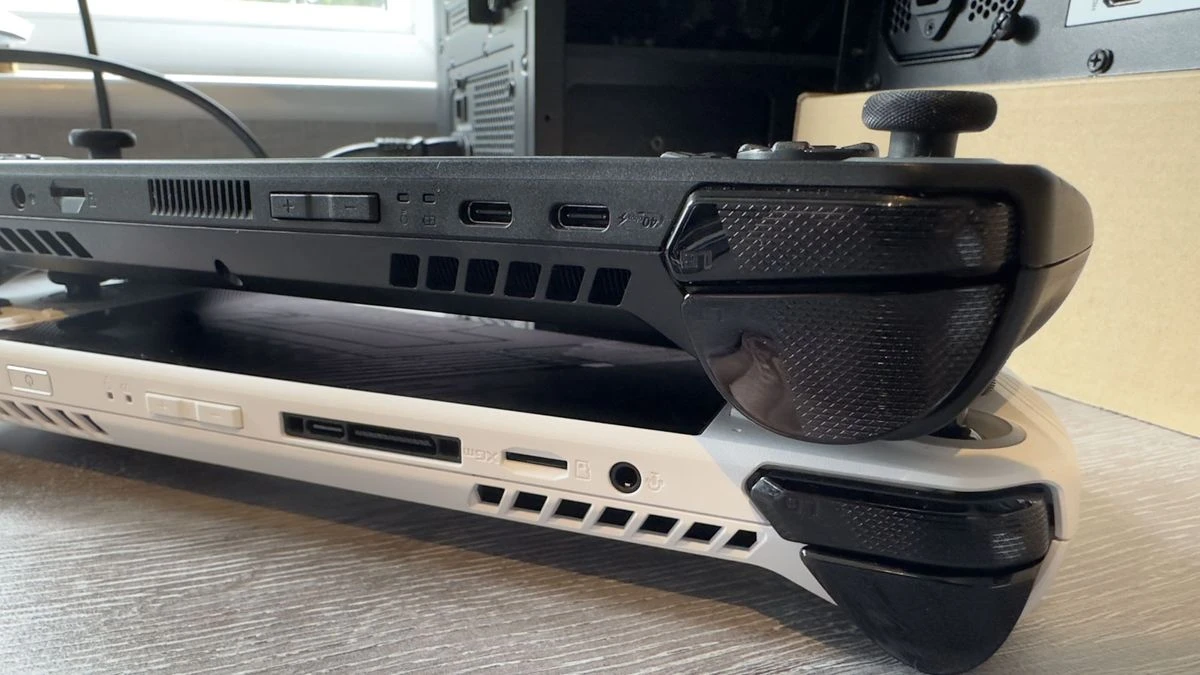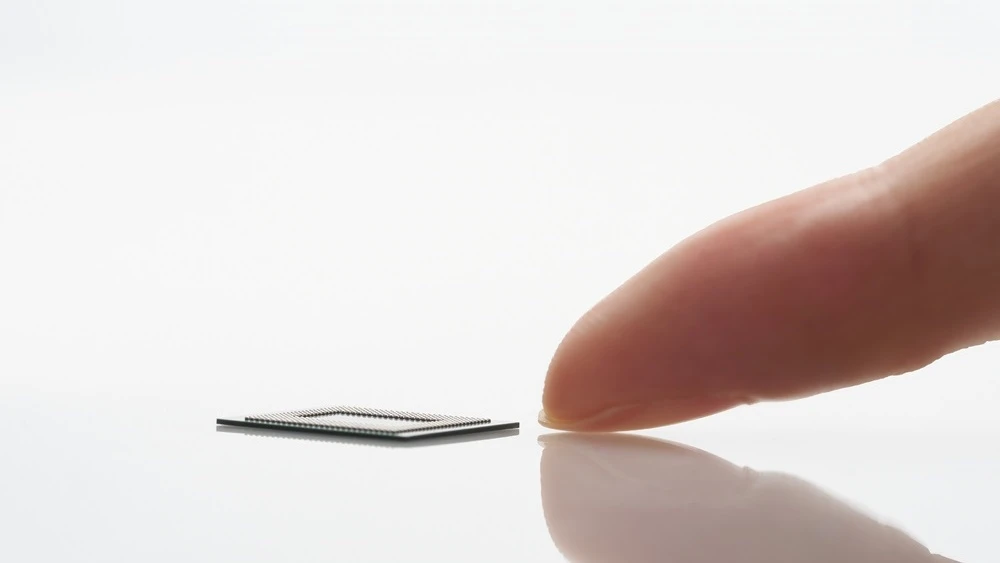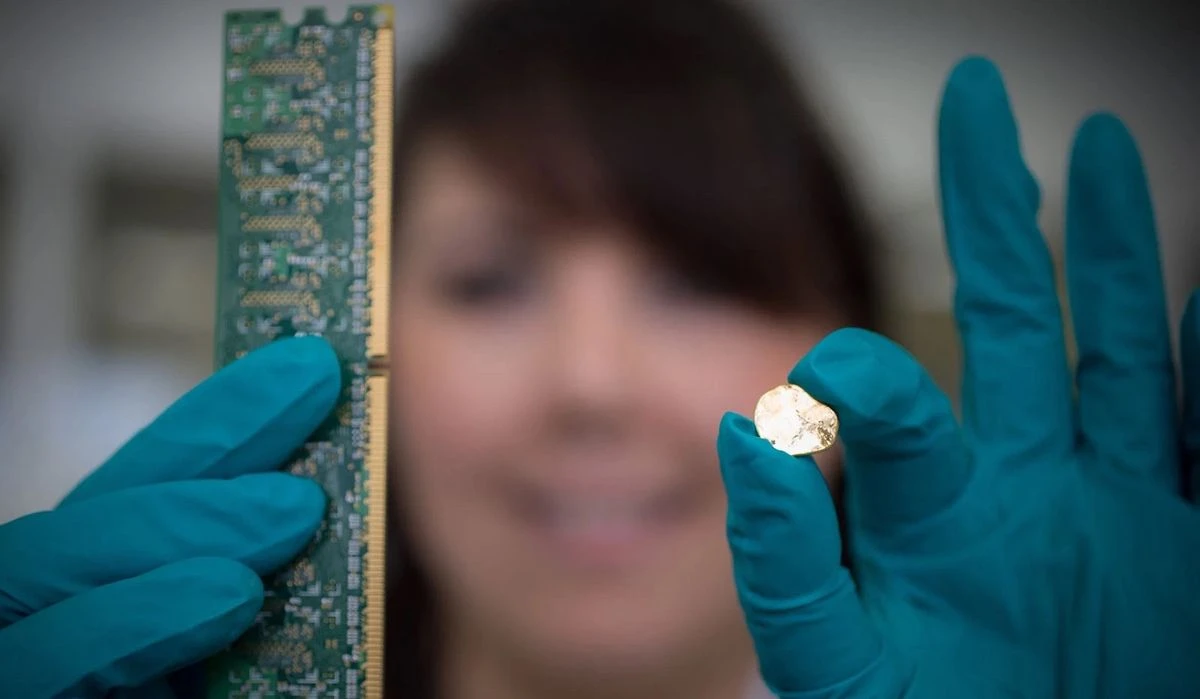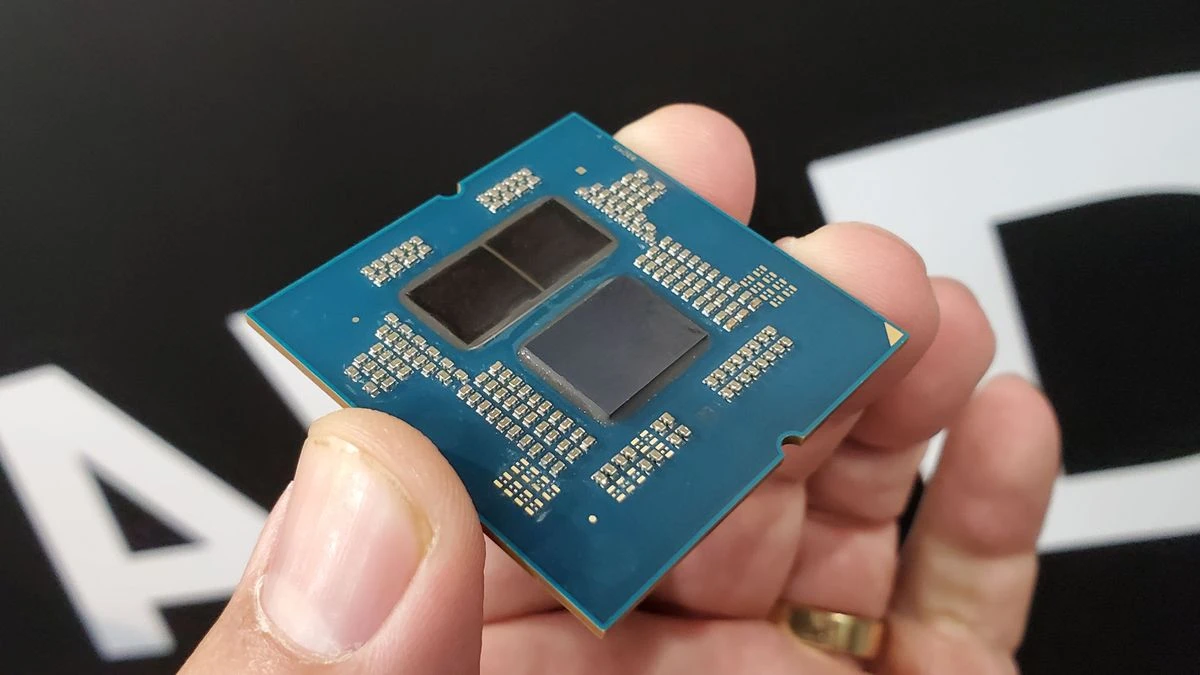Samsung's new world's thinnest LPDDR5X Memory could be good for handheld gaming computers
Even PC gaming has been taking a turn towards low-power and AI-centric games. Gaming handhelds that have better battery life, and low-power laptops -- including those built on Arm architecture and Snapdragon X processors -- are all the rage. I don't mind it at all. Who doesn't like more convenient gaming? It's exciting to hear that low-power, fast memory is now even thinner.
Samsung has begun mass production of the "industry’s thinnest" LPDDR5X 12nm packages.
These new DRAMs are 0.06mm thinner than the LPDDR5X chips. This might not seem like a big difference, but it can make a huge difference in many different use cases. Here we're talking about sub-millimetre thickness.
The focus of the discussion has been on how this thinner DRAM can benefit mobile devices, which is understandable since there is a large market for it. We're PC gamers here, and thin LPDDR5X is not irrelevant to PC gaming.
Let's start with what wonnot affect. This won't affect the most prized gaming PCs, as they use regular DDR RAM instead of LPDDR. This also won't affect the average gaming laptop which uses slottable RAM because these laptops choose upgradeability or low cost over thinness.
It could affect low-power devices (duh!) and slim devices, such as thin gaming laptops or handheld gaming PCs. This is the direction gaming technology is going in, so a new world record for the thinnest LPDDR5X memory is exciting.
JEDEC published the LPDDR5X specification in 2021. Since then, Samsung and other chip manufacturers have pushed faster memory into low-power markets. It's almost as fast as regular DDR5 and is now featured in some of best thin gaming laptops like the Asus ROG Zephyrus G14 (2024).
This is a great memory option for gaming devices that want to keep things light and thin. It features non-upgradable, soldered memories. If you want to save space and keep gamers happy by soldering your memory, you will need to make sure that it is at the forefront of low-power memory speed.
LPDDR5X is the best memory on this front. We can see it gaining traction in the handheld gaming PC segment. The Asus ROG Ally X is the best handheld gaming computer at the moment and features LPDDR5X-7500 RAM. We'll see more handhelds adopting the faster memory in the coming months and even years, as the market is very competitive and manufacturers are looking to squeeze out any performance and efficiency gains that they can. AMD's Ryzen AI300-series chips are already showing the benefits of this competition.
What could thinner LPDDR5X RAM mean for these thin gaming laptops and handheld gaming PCs? It will primarily mean the same thing as it does for phones: More headroom for cooling, or more space for thinner devices. Samsung says that it will create "additional room within mobile devices to facilitate better airflow."
LPDDR6 is coming, but it won't likely replace LPDDR5X or LPDDR5 in our devices for a while.
It's true that a few millimeters saved won't allow manufacturers to do miracles, but even a little bit helps. Let's hope that future handheld gaming PCs will be lighter, thinner, and cooler.





Comments